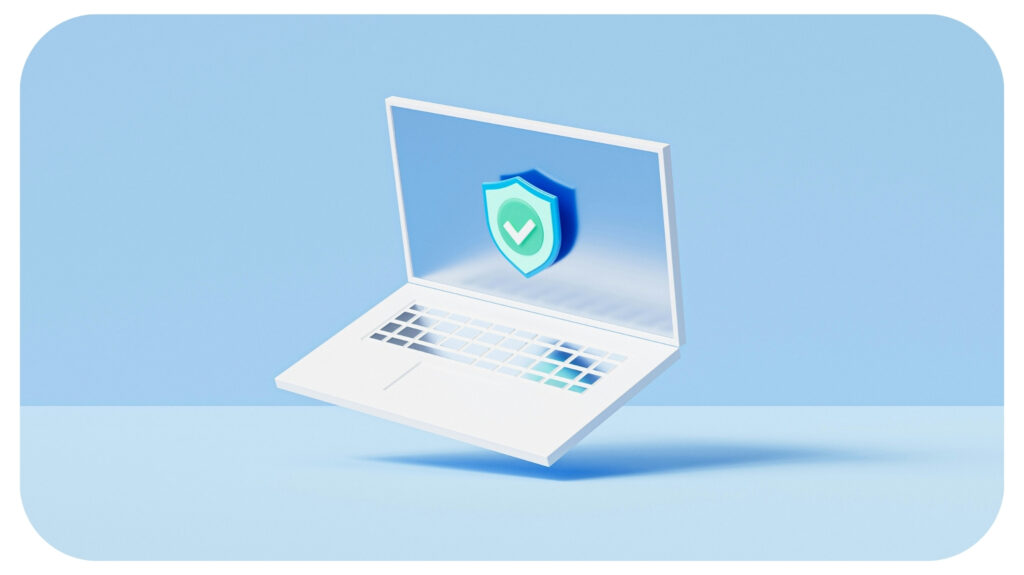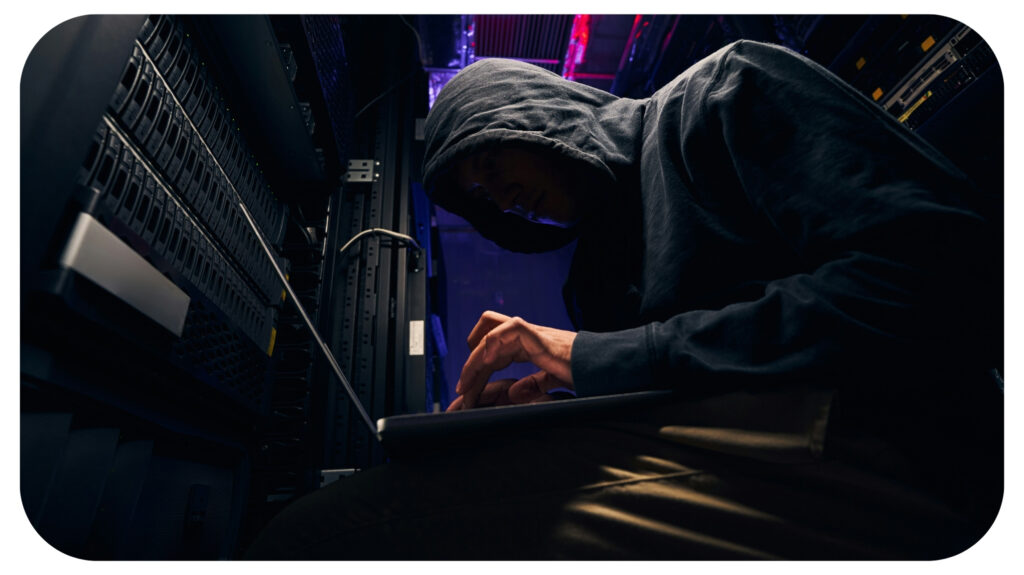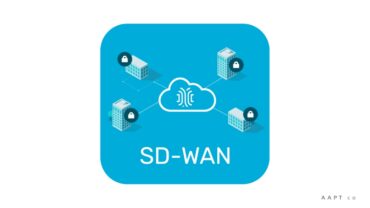Securing Digital Assets: Essential Cybersecurity Practices with Joseph Heimann

In today’s digital age, our lives are intertwined with technology, making the security of our digital assets crucial. Cyber threats are on the rise, and their sophistication can catch even the most cautious off guard. By embracing best practices in cybersecurity, we can safeguard our data effectively.
Entrepreneur and Senior Software Developer, Joseph Heimann explores the essential measures to secure your digital assets. Through his professional lens, he unpacks strategies ranging from using strong passwords to keeping your software up to date. With an increase in cyber-attacks targeting everything from personal data to business information, understanding these practices is essential.
Understanding Digital Assets
A digital asset is any content stored digitally that provides value and can be owned or controlled. This includes audio files, videos, documents, and even websites. It’s a broad term covering a wide range of items. Personal digital assets include photos, videos, and text messages. They are personal because they often hold sentimental value and personal memories.
Financial digital assets include cryptocurrencies like Bitcoin or Ethereum. They have real monetary value and are used in digital transactions. Creative digital assets could be artwork, music, or written content that you create. It’s important to protect these to maintain ownership and control over your creations. Professional digital assets are those assets used in a business context, such as digital documents, presentations, and business emails. Each type of asset holds value differently, and understanding their significance will help you secure them more effectively.
“Efficient management enables quick access, improved security, and better utilization of these treasures,” says Joseph Heimann. “When you know where your assets are and how to access them, you can protect them more effectively.”
Proper management also helps in streamlining daily operations, especially for businesses. It ensures that digital content is easy to find and use, reducing time spent searching for files or reproducing lost content. This is crucial in maintaining productivity and efficiency. To protect your digital assets, it’s essential to treat them with the same care you would your physical ones. In the same manner, you’d make copies of important documents, and regularly back up your digital content to multiple locations.
Think of passwords as the locks on your digital vaults. They should be complex and unique to each account. Enable two-factor authentication to add an extra layer of security, requiring more than a password to access your digital assets. As our lives become increasingly digital, the need to protect our assets grows. With the right strategies, you can safeguard your digital treasures and ensure their value endures.

Common Cybersecurity Threats
Every time you go online, you face a sea of digital perils that could trip you up when you least expect it. In our tech-dependent world, cybersecurity threats loom. Malware is like a digital virus that invades your computer, often without you even knowing it. Short for “malicious software,” malware comes in many sneaky forms. Viruses work like biological ones, attaching themselves to clean files and spreading through systems once activated. Worms slither through networks independently, replicating themselves to consume bandwidth and crash systems.
Spyware sneaks into your system to silently gather information, spying on your activities without raising alarms. These malicious codes are designed to damage or disrupt your systems, steal your data, or give attackers control over your devices. It’s like someone breaking into your house, rifling through your things, and leaving without a trace, yet the chaos they cause can be substantial.
Ever received an email that looked a bit fishy? Phishing is a tactic used by cybercriminals to trick individuals into providing personal information, often appearing as trustworthy messages from familiar sources. In these email scams, the sender might prompt you to click on a link or download an attachment, which then captures sensitive information like passwords or credit card numbers.
Notes Joseph Heimann, “The impact of falling for such ruses can range from personal financial loss to large-scale breaches for organizations.”
Ransomware is a type of malware that encrypts files, rendering them inaccessible until a sum—usually in cryptocurrency—is paid. For businesses, this can disrupt operations, tarnish reputations, and incur hefty financial losses. It’s the digital equivalent of a hostage situation, holding your files, your data, and sometimes even your company’s future, for ransom.
Best Practices for Securing Digital Assets
Protecting digital assets has never been more critical. Whether you’re securing personal data, business information, or financial details, adopting robust cybersecurity measures is essential.
Think of your passwords as the keys to your kingdom. If they’re easy to guess, anyone can walk right in. It’s crucial to create complex passwords that combine letters, numbers, and symbols. Avoid predictable sequences like birthdays or common words.
Regularly updating your passwords is just as important. Stale passwords are like doors with rusty locks; they offer little resistance to determined intruders. Set a schedule for password updates, maybe once every three months, to keep your defenses strong.
With multi-factor authentication (MFA), even if a cyber crook manages to snag your password, they’d still need a second form of identification, like a code sent to your smartphone, to gain access. This extra layer acts like a security guard at the door, ensuring only you get in.
Software updates are necessary for health and functionality. Hackers often exploit vulnerabilities in outdated systems, so keeping everything updated is essential. Set up automatic updates wherever possible. This way, your systems stay protected without you having to remember each time. It’s a simple habit that pays off with a more secure digital environment.
Encrypting data both, while it’s on the move (in transit) and stored (at rest), ensures that even if someone intercepts it, they can’t make sense of it. It’s like speaking in a secret language only you and the intended recipient understand.
Your team is your first line of defense against cyber threats. Educating them about cybersecurity best practices is like teaching them to recognize wolves in sheep’s clothing. They learn to spot phishing emails, understand the importance of password security, and recognize signs of potential breaches.
Regular training sessions and updates can keep security fresh in their minds. Consider these sessions as routine fitness training but for cybersecurity awareness. Engaged and informed employees are less likely to fall for scams and more likely to report suspicious activity, making your organization more resilient against attacks.
Staying safe in the digital space isn’t just about high-tech solutions; it’s about smart habits, awareness, and continual improvement. By focusing on these best practices, you lay the groundwork for a safer digital experience.
The Future of Securing Digital Assets
As digital threats grow in complexity, so must our efforts to safeguard our data. Vigilance and proactive strategies will be our best allies in this ongoing battle. Embracing a mindset of continuous improvement can transform challenges into opportunities for innovation in cybersecurity approaches.
Your commitment to staying informed and adaptive will shape a secure digital future. Consider your next steps as a part of this dynamic process. Engage with cybersecurity communities, share insights, and strive to be at the forefront of emerging solutions. Each action you take reinforces the robust defense of your assets. Aim to be the catalyst for safer digital landscapes by sparking dialogue and encouraging wider participation in the cybersecurity conversation.
More articles from Joseph Heimann
Recommended For You
What Does SD-WAN Mean for Security Networking and Cloud Security?
Most Inside
Most Inside offers high-quality recommendations and valuable updates to enhance all aspects of your life, providing premium guidance and enriching experiences.



